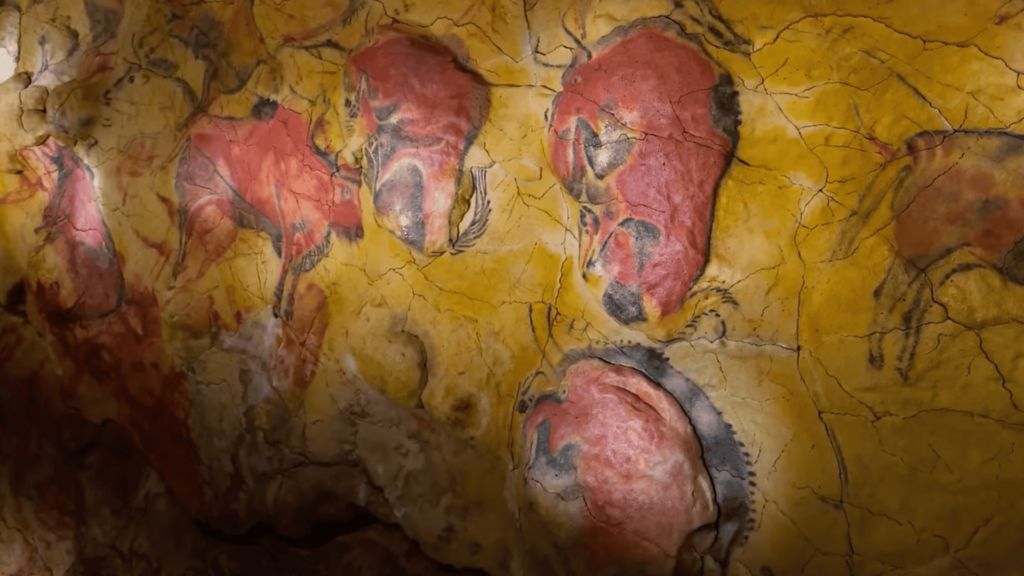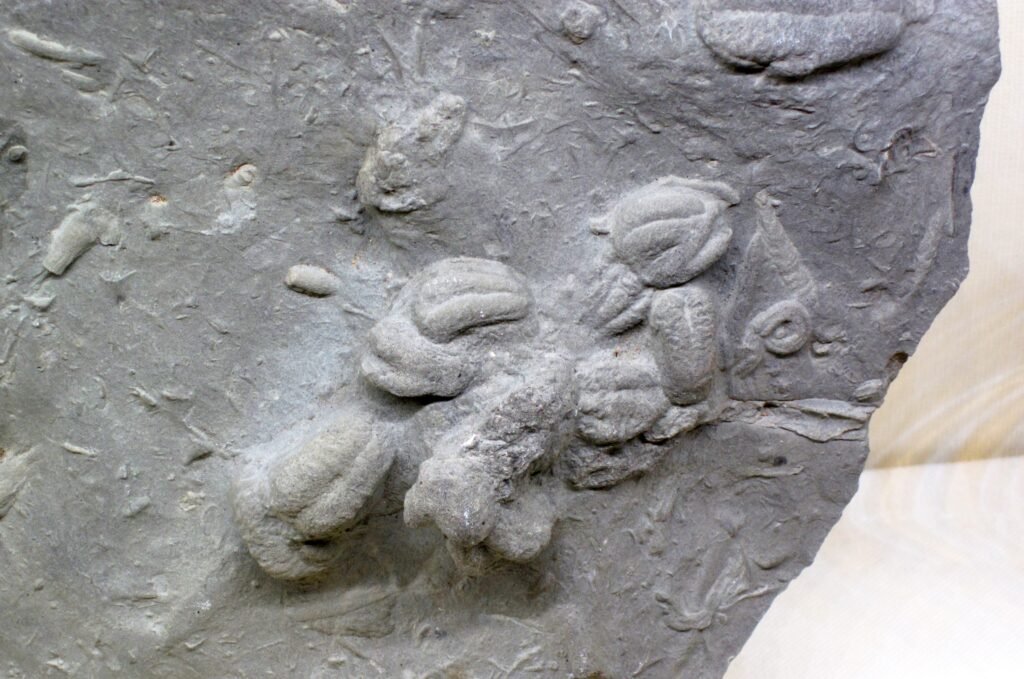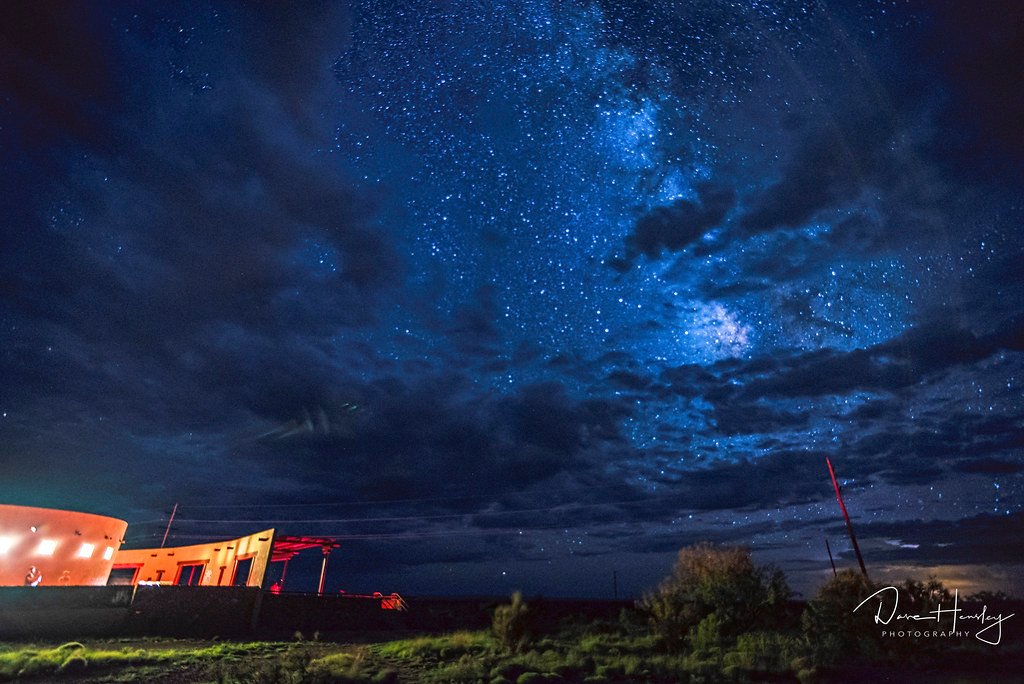Our planet is experiencing something unprecedented in its 4.5-billion-year history. While Earth has witnessed countless species rise and fall, never before has a single species grown so rapidly and consumed resources at such an alarming rate. The human population has exploded from 1.6 billion people in 1900 to over 8 billion today, and we’re heading toward 10 billion by 2050. This isn’t just a number game – it’s a seismic shift that’s reshaping every ecosystem on Earth.
The Mathematics of Human Expansion

The speed of human population growth defies natural patterns. It took humanity 200,000 years to reach our first billion, but only 12 years to add the most recent billion. This exponential growth resembles a biological invasion more than natural population dynamics.
Every second, approximately 4.3 babies are born worldwide while 1.8 people die, creating a net increase of 2.5 humans per second. That’s 216,000 new people every single day – equivalent to adding a city the size of Salt Lake City to our planet daily.
The implications ripple through every natural system. Each new person requires food, water, shelter, and energy, creating a cascade of resource demands that strain ecosystems already pushed to their limits.
Disappearing Forests and Expanding Cities

Forests are vanishing at a rate of 10 million hectares annually – roughly the size of South Korea disappearing every year. This deforestation isn’t just about losing trees; it’s about obliterating entire ecosystems that took millennia to develop.
Urban areas are expanding three times faster than population growth itself. Cities sprawl outward like spilled ink, consuming agricultural land, wetlands, and natural habitats. Mumbai’s metropolitan area now covers over 4,000 square kilometers, while Los Angeles has grown by 300% since 1950.
The concrete jungle isn’t just a metaphor anymore. In many regions, it’s literally replacing actual jungles, grasslands, and coastal areas that once teemed with life.
The Wildlife Extinction Crisis

We’re witnessing the sixth mass extinction, and this time, humans are the asteroid. Species are disappearing at rates 100 to 1,000 times faster than natural background extinction rates. The Living Planet Index shows wildlife populations have declined by an average of 69% since 1970.
Large mammals are particularly vulnerable. Africa’s elephant population has crashed from 26 million in 1800 to fewer than 415,000 today. Tigers, once numbering 100,000 across Asia, now struggle to maintain populations of just 3,900 individuals.
But it’s not just the charismatic megafauna. Insect populations are collapsing globally, with some regions reporting 75% declines in flying insect biomass. These tiny creatures pollinate our crops and form the foundation of food webs, making their loss catastrophic.
Ocean Acidification and Marine Collapse

The oceans are becoming more acidic as they absorb excess carbon dioxide from human activities. Since the Industrial Revolution, ocean pH has dropped by 0.1 units – a seemingly small change that represents a 30% increase in acidity.
Marine ecosystems are unraveling. Coral reefs, often called the rainforests of the sea, are experiencing unprecedented bleaching events. The Great Barrier Reef has lost half its coral cover since 1995, with back-to-back bleaching events in 2016 and 2017 alone killing 50% of remaining corals.
Fish populations tell a similarly grim story. Industrial fishing has reduced global fish stocks by 90% since 1950. The bluefin tuna, once abundant in Atlantic waters, now exists at just 3% of its historical population levels.
The Water Crisis Deepens

Freshwater resources are under unprecedented strain. Aquifers that took thousands of years to fill are being drained in decades. The Ogallala Aquifer, which supplies water to eight U.S. states, is being depleted 10 times faster than it can naturally recharge.
Rivers are running dry or becoming too polluted to support life. The Colorado River, which carved the Grand Canyon, now rarely reaches the sea. China’s Yellow River runs dry for parts of the year, while the Ganges carries industrial waste and sewage from 400 million people.
Water scarcity affects 2 billion people today, and this number could double by 2050. The competition for water resources is becoming fierce, with agriculture, industry, and growing cities all making demands on dwindling supplies.
Agricultural Pressure and Soil Degradation
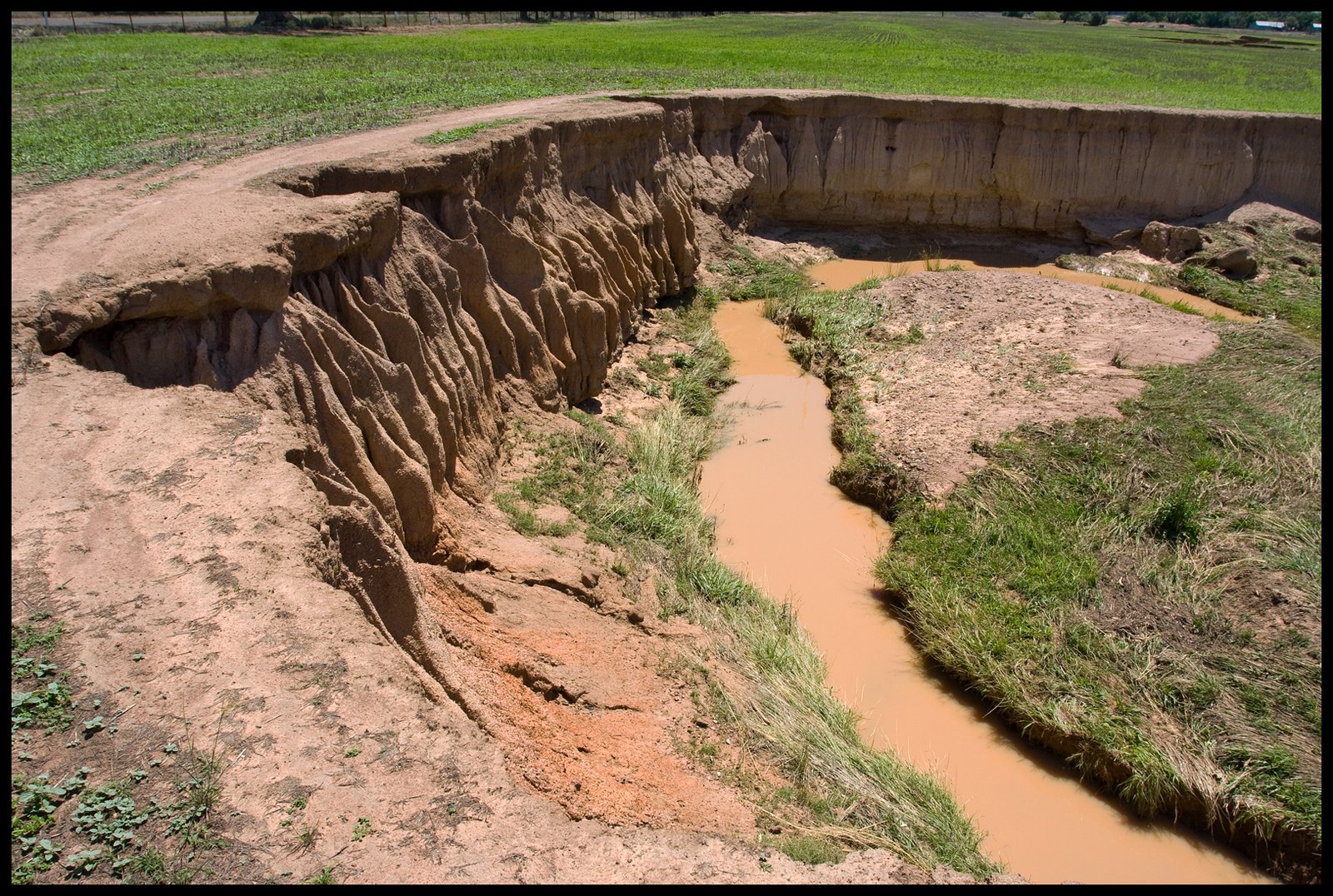
Feeding 8 billion people requires intensive agriculture that’s strip-mining our soils. Topsoil, which takes 500 years to form naturally, is being lost at rates 10 to 100 times faster than it can be replenished. The United States has lost half its topsoil in the past 150 years.
Modern agriculture has converted 40% of Earth’s land surface into farmland, often at the expense of natural habitats. The Amazon rainforest is being cleared primarily for cattle ranching and soy cultivation, with an area the size of a football field disappearing every minute.
Monoculture farming creates biological deserts where once-diverse ecosystems thrived. A single corn field might stretch for miles, supporting virtually no wildlife compared to the prairie ecosystem it replaced.
Climate Change Acceleration

Human population growth drives greenhouse gas emissions through increased energy consumption, transportation, and industrial activity. The atmosphere now contains 421 parts per million of CO2, the highest level in 3 million years.
Climate change is accelerating at unprecedented rates. The last decade included 9 of the 10 warmest years on record. Arctic sea ice is shrinking by 13% per decade, while glaciers worldwide are retreating at accelerating rates.
These changes create cascading effects throughout ecosystems. Polar bears are starving as sea ice disappears, while coral reefs bleach in increasingly warm waters. Mountain ecosystems are shifting upward, leaving species with nowhere to go when they reach the peaks.
Plastic Pollution and Chemical Contamination

Human consumption generates 300 million tons of plastic waste annually, with 8 million tons ending up in our oceans. By 2050, there could be more plastic than fish in the sea by weight. Microplastics are now found in the deepest ocean trenches and highest mountain peaks.
Chemical contamination is equally pervasive. Forever chemicals (PFAS) persist in the environment for centuries, accumulating in food chains and affecting wildlife reproduction. DDT, banned in many countries for decades, still lingers in Antarctic ice and affects bird populations worldwide.
Marine animals mistake plastic for food, leading to internal injuries and death. Seabirds are found with stomachs full of bottle caps and plastic fragments, while sea turtles mistake plastic bags for jellyfish.
Habitat Fragmentation and Corridors
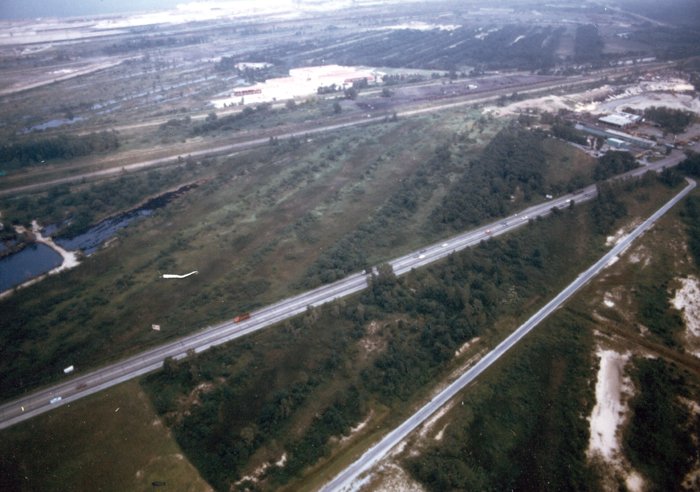
Human development doesn’t just destroy habitats – it fragments them into isolated patches. A forest cut by a highway becomes two smaller forests, each less capable of supporting wildlife populations. This fragmentation is often more devastating than outright habitat loss.
Many species need large territories to survive. Jaguars require ranges of 25-100 square kilometers, while wolves may travel 500 kilometers in search of mates. When habitats are fragmented, these movements become impossible, leading to inbreeding and population collapse.
Wildlife corridors are being destroyed faster than they can be established. The Florida panther, reduced to fewer than 200 individuals, suffers from genetic bottlenecks because highways and development have isolated populations.
Resource Depletion and Mineral Extraction

The modern world depends on an astounding variety of materials. A single smartphone contains over 60 different elements, including rare earth metals that require environmentally destructive mining processes. These materials are often extracted from ecologically sensitive areas.
Mining operations devastate local ecosystems. The Bingham Canyon Mine in Utah has created a crater 4 kilometers wide and 1.2 kilometers deep, visible from space. Similar operations worldwide have scarred landscapes and contaminated watersheds.
As easily accessible resources are depleted, extraction moves to more remote and sensitive areas. The deep sea, previously untouched by human activity, now faces mining pressure for metals needed in renewable energy technologies.
The Pollinator Crisis

Bee populations are collapsing worldwide due to a combination of habitat loss, pesticide use, and disease. In the United States, beekeepers report annual losses of 30-50% of their colonies. Wild bee species are faring even worse, with many facing extinction.
This crisis threatens global food security. One-third of our food depends on animal pollination, representing crops worth $235 billion annually. Without pollinators, supermarket shelves would be noticeably empty of fruits, vegetables, and nuts.
China’s Sichuan Province offers a glimpse of a world without bees. Extensive pesticide use has eliminated natural pollinators, forcing farmers to hand-pollinate fruit trees using brushes – a time-consuming and expensive process that cannot scale globally.
Energy Demands and Environmental Costs

Global energy consumption doubles every 30 years, driven by population growth and rising living standards. Even with renewable energy expansion, fossil fuel use continues to increase. Coal plants are being built in developing nations faster than they’re being retired in developed countries.
The environmental cost of energy production extends beyond climate change. Hydroelectric dams flood vast areas and block fish migration routes. Wind farms, while cleaner than fossil fuels, still require significant land use and can impact bird migration patterns.
Energy extraction leaves lasting scars. Oil spills, like the Deepwater Horizon disaster, contaminate marine ecosystems for decades. Fracking operations consume enormous amounts of water and can trigger earthquakes in previously stable regions.
Food Security vs. Ecosystem Preservation

The tension between feeding growing populations and preserving ecosystems creates impossible choices. Converting natural habitats to farmland can provide food for millions but eliminates biodiversity hotspots that took millions of years to evolve.
Agricultural expansion is the primary driver of deforestation in tropical regions. Indonesia’s palm oil plantations have replaced orangutan habitats, while Brazil’s soy fields have claimed vast areas of the Amazon and Cerrado savanna.
Intensive farming practices that maximize yield often minimize biodiversity. A typical wheat field supports 95% fewer species than the grassland it replaced, creating biological deserts in the heart of agricultural regions.
Urban Heat Islands and Local Climates

Cities create their own weather patterns, becoming heat islands that can be 5-10 degrees warmer than surrounding areas. This temperature difference affects local wildlife, altering migration patterns and breeding cycles of urban-adapted species.
The urban heat island effect intensifies during heat waves, creating dangerous conditions for both humans and wildlife. Cities like Phoenix and Las Vegas have become so hot that they’re approaching the limits of human habitability during summer months.
Urban development also affects precipitation patterns. Cities generate their own weather systems, often creating drought conditions downwind while concentrating rainfall in urban areas, leading to flooding and erosion.
Invasive Species and Ecosystem Disruption

Human movement has accelerated the spread of invasive species to unprecedented levels. Ships carry organisms across oceans in ballast water, while global trade moves species faster than ecosystems can adapt. The zebra mussel, introduced to North America in the 1980s, now costs the economy $1 billion annually in damage and control efforts.
Invasive species often lack natural predators in their new environments, allowing them to reproduce explosively. The cane toad in Australia has spread across the continent, poisoning native predators that attempt to eat them.
These biological invasions can completely restructure ecosystems. The brown tree snake eliminated most of Guam’s native bird species, while feral cats kill billions of birds annually in North America alone.
Noise Pollution and Wildlife Communication

Human-generated noise pollution disrupts wildlife communication across the globe. Shipping noise in the oceans interferes with whale songs that once carried across entire ocean basins. Marine mammals now struggle to communicate over distances that were once routine.
Urban noise affects bird populations in unexpected ways. City birds sing at higher frequencies and louder volumes to compete with traffic noise, but this changes their ability to attract mates and defend territories.
The constant hum of human activity creates a background noise that masks natural sounds. Predators rely on hearing to hunt, while prey species depend on acoustic warnings to avoid danger. This sonic pollution disrupts these ancient evolutionary relationships.
Light Pollution and Nocturnal Ecosystems

Artificial light at night has grown exponentially, with satellite images showing the Earth’s night side becoming brighter each year. This light pollution affects nocturnal animals that evolved in darkness over millions of years.
Sea turtle hatchlings, programmed to follow moonlight reflecting off the ocean, become disoriented by coastal lighting and crawl toward roads instead of the sea. Millions of migratory birds collide with illuminated buildings each year, disrupting population-level migration patterns.
The loss of darkness affects ecosystem functioning in ways we’re only beginning to understand. Nocturnal pollinators, which service many night-blooming plants, are declining as artificial light disrupts their navigation and feeding patterns.
Microplastics and Ecosystem Infiltration

Microplastics have infiltrated every ecosystem on Earth, from the deepest ocean trenches to the highest mountain peaks. These particles, smaller than 5 millimeters, are consumed by organisms throughout the food web, from plankton to large marine mammals.
The effects of microplastic consumption are still being studied, but early research suggests they can cause physical damage to organs, disrupt hormones, and carry toxic chemicals into tissues. Filter-feeding animals like mussels and oysters are particularly vulnerable.
Microplastics are now falling from the sky as precipitation, carried by wind currents across thousands of kilometers. Even remote wilderness areas, far from human activity, are experiencing plastic contamination through atmospheric transport.
The Tipping Point Approach

Earth’s systems are approaching critical tipping points where small changes trigger irreversible shifts. The Amazon rainforest is nearing a threshold where it could transform from a carbon sink to a carbon source, accelerating climate change rather than mitigating it.
Arctic permafrost contains twice as much carbon as the entire atmosphere. As temperatures rise, this frozen carbon is beginning to thaw and release methane and CO2, creating a feedback loop that could accelerate warming beyond human control.
These tipping points operate on geological timescales, meaning that once triggered, they cannot be reversed on human timescales. The consequences of crossing these thresholds would persist for thousands of years, fundamentally altering the planet our descendants inherit.
Conclusion: A Planet in the Balance
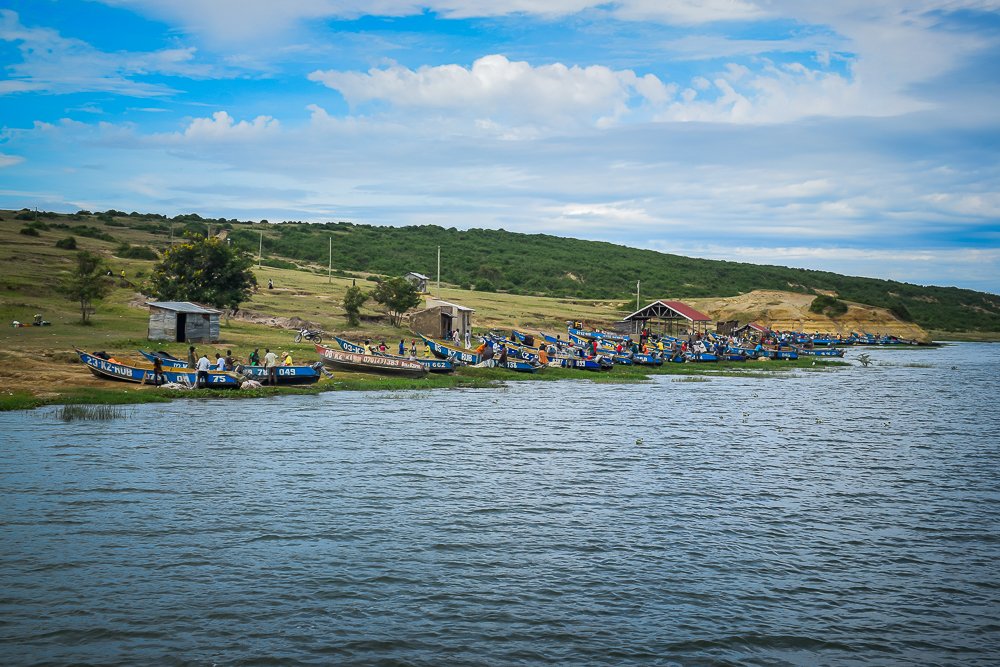
The global population boom represents both humanity’s greatest triumph and its most daunting challenge. We have conquered diseases, extended lifespans, and created unprecedented prosperity for billions. Yet this success comes at a cost that threatens the very foundations of the natural world that sustains us.
The convergence of population growth, resource consumption, and environmental degradation creates a perfect storm that demands immediate attention. Wildlife populations are collapsing, ecosystems are fragmenting, and the climate is changing at unprecedented rates. The question isn’t whether these trends are sustainable – they clearly aren’t – but whether we can change course before crossing irreversible tipping points.
The solutions exist, but they require fundamental changes in how we live, consume, and interact with the natural world. From renewable energy adoption to sustainable agriculture, from wildlife corridor creation to circular economy principles, the tools for change are available. The missing ingredient is the collective will to implement them at the scale and speed required.
Every species that disappears, every ecosystem that collapses, and every resource that becomes depleted represents a permanent loss to the planet’s biological heritage. The choices we make in the coming decades will determine whether future generations inherit a world rich in biodiversity and natural wonder, or a simplified, degraded planet struggling to support the life it still contains. What kind of world do we want to leave behind?

